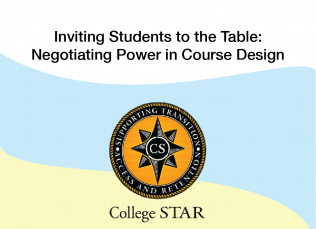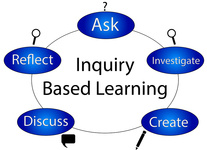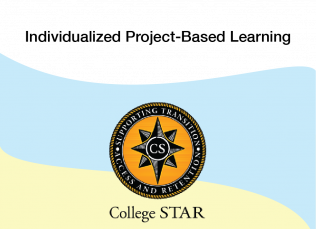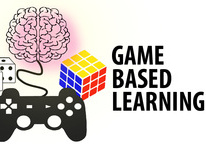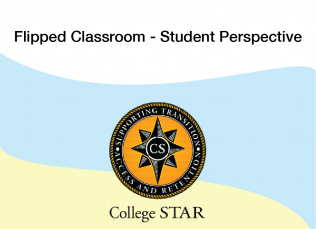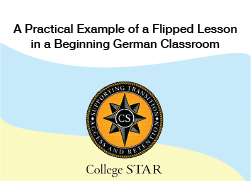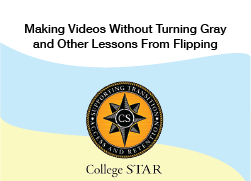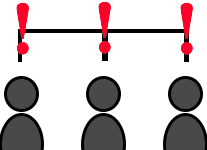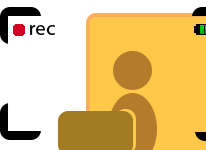
Lecture Capture
This module features technologies available to create a range of different types of recorded lectures.
This resource was originally developed with resources from the College STAR grant. That grant has ended and the College STAR modules will now permanently reside at the East Carolina University Office for Faculty Excellence.
Module Introduction
Lecture Capture refers to a wide range of technologies designed to preserve information created in a classroom setting. In a traditional sense this could be considered student notes or distributed PowerPoint slides. Recently schools have placed greater emphasis on using video recording technologies for this purpose. As such, videos will be the primary focus of this module, which provides details on the types of technologies available to create a range of different types of recorded lectures, and places them within the context of the Universal Design for Learning.
There are numerous options available for creating videos, from camcorders placed in the room to complex video-management systems. Most systems designed specifically for lecture capture create two simultaneous videos-- one captures the classroom, while the other captures the computer screen or projector. At East Carolina University, the two primary technologies involved in this process are Tegrity and MediaSite, although there are numerous others available on the market. This module will discuss the use of these technologies to record in the classroom, as well as how they can be used outside the classroom to fulfill a variety of purposes, including assignment feedback, just-in time instruction, make-up lessons, and research tutorials.
Support for this Module
Original development of this module was made possible by the College STAR (Supporting Transition Access and Retention) initiative. College STAR was a grant-funded project focused on partnering postsecondary educational professionals and students to learn ways for helping postsecondary campuses become more welcoming of students with learning and attention differences. Much of this work was made possible by generous funding from the Oak Foundation.
Organization/Publishers:
Share this resource:
Posted date:
November 11, 2022

